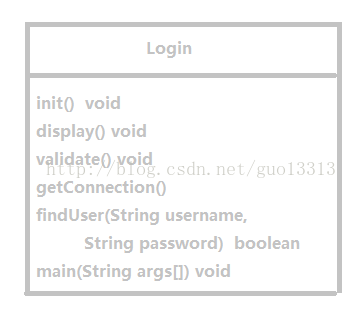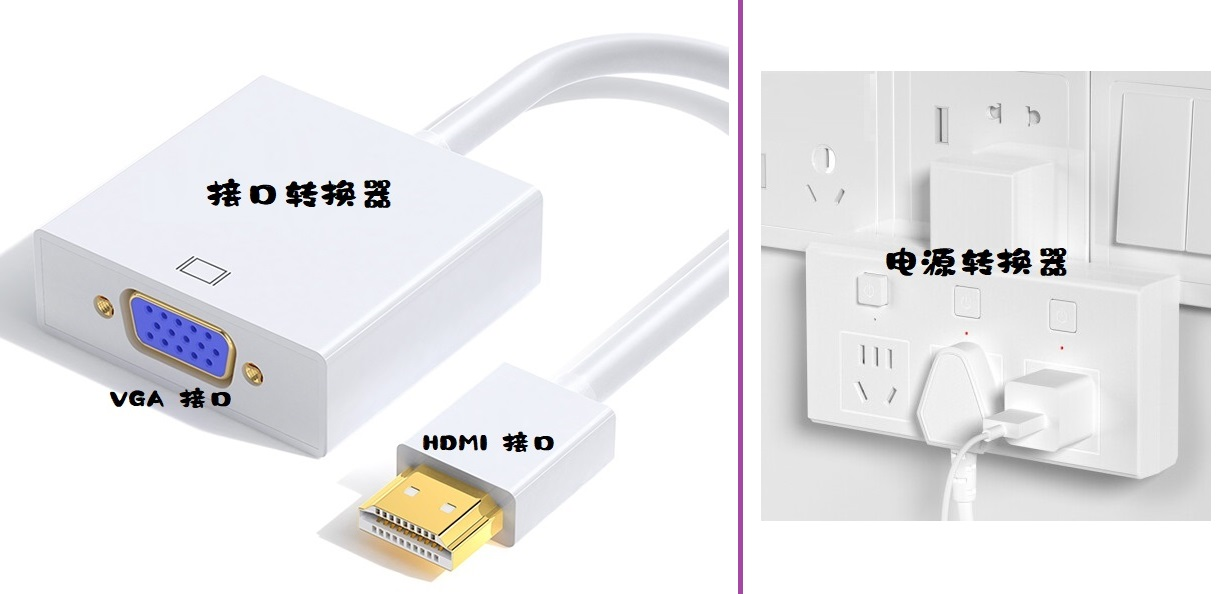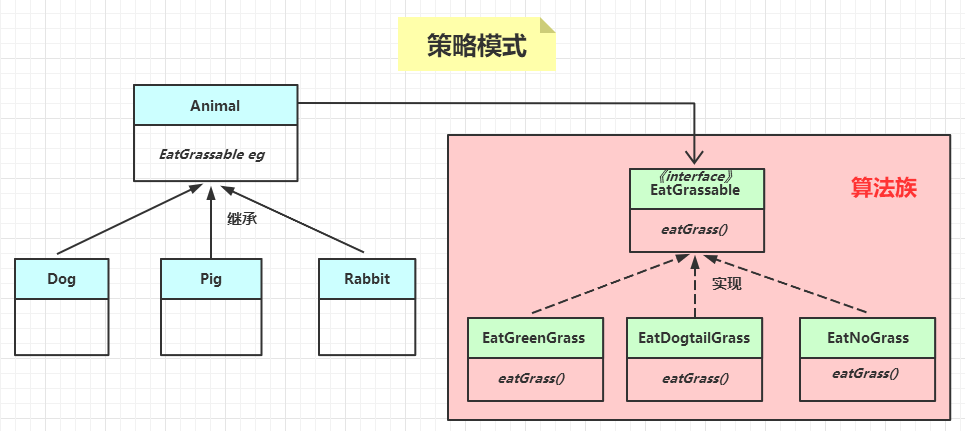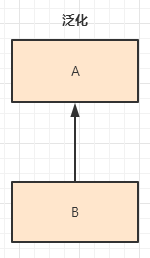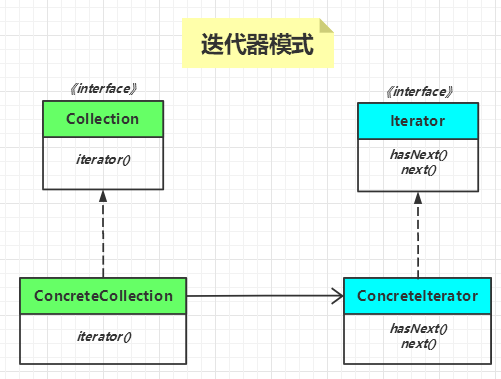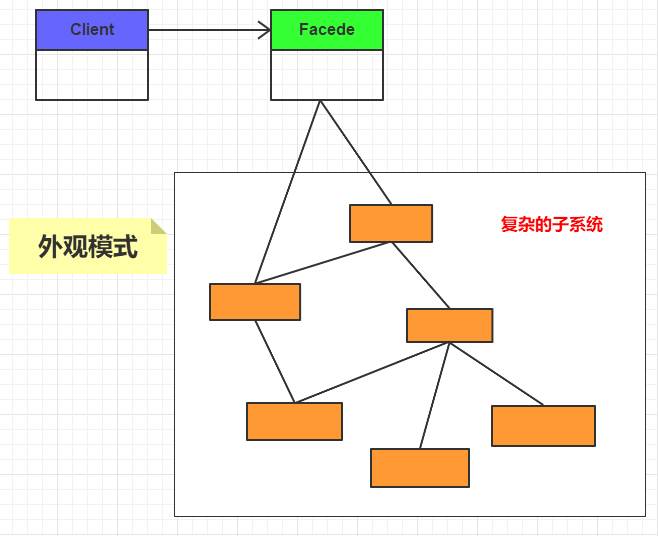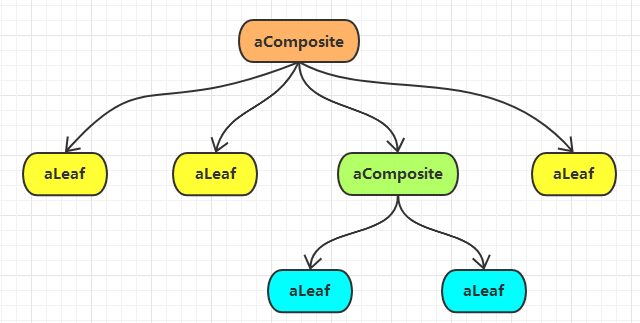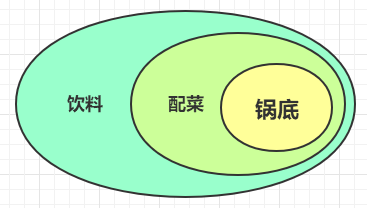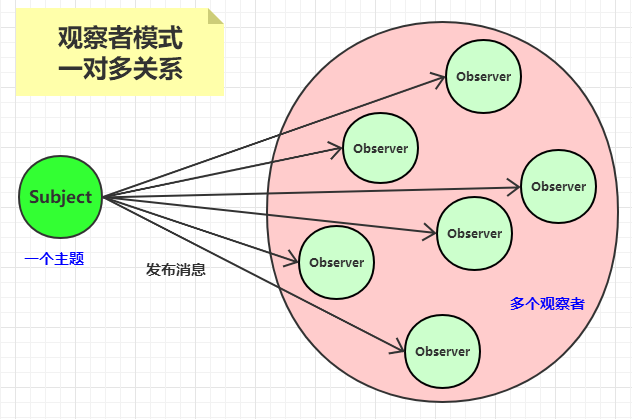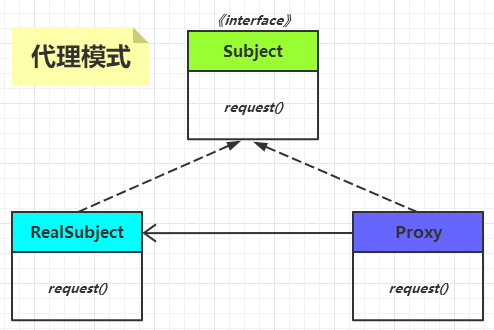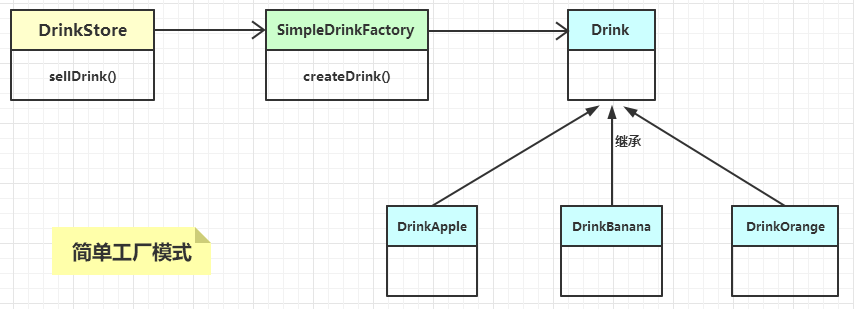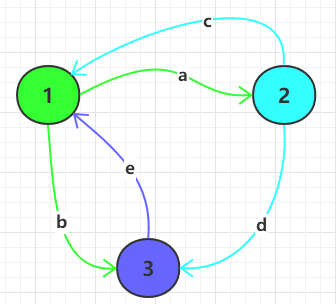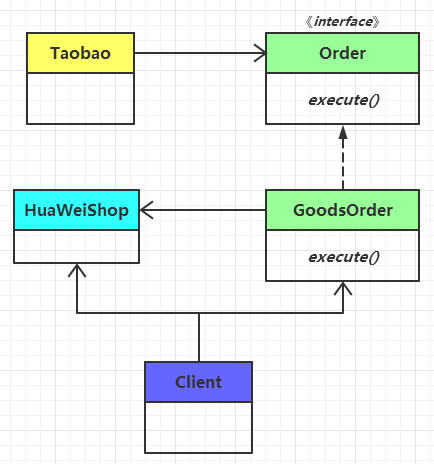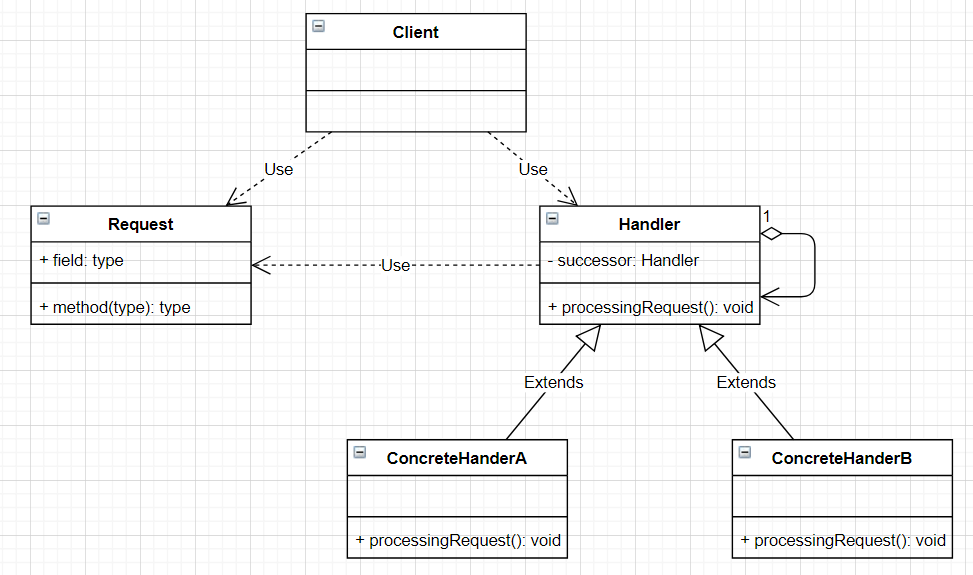目的
《GStreamer08——pipeline的快捷访问》展示了一个应用如何用appsrc和appsink这两个特殊的element在pipeline中手动输入/提取数据。playbin2也允许使用这两个element,但连接它们的方法有所不同。连接appsink到playbin2的方法在后面还会提到。这里我们主要讲述:
如何把appsrc连接到playbin2
如何配置appsrc
一个playbin2波形发生器
#include <gst/gst.h>
#include <string.h>
#define CHUNK_SIZE 1024 /* Amount of bytes we are sending in each buffer */
#define SAMPLE_RATE 44100 /* Samples per second we are sending */
#define AUDIO_CAPS "audio/x-raw-int,channels=1,rate=%d,signed=(boolean)true,width=16,depth=16,endianness=BYTE_ORDER"
/* Structure to contain all our information,so we can pass it to callbacks */
typedef struct _CustomData {
GstElement *pipeline;
GstElement *app_source;
guint64 num_samples; /* Number of samples generated so far (for timestamp generation) */
gfloat a,b,c,d; /* For waveform generation */
guint sourceid; /* To control the GSource */
GMainLoop *main_loop; /* GLib's Main Loop */
} CustomData;
/* This method is called by the idle GSource in the mainloop,to feed CHUNK_SIZE bytes into appsrc.
* The ide handler is added to the mainloop when appsrc requests us to start sending data (need-data signal)
* and is removed when appsrc has enough data (enough-data signal).
*/
static gboolean push_data (CustomData *data) {
GstBuffer *buffer;
GstFlowReturn ret;
int i;
gint16 *raw;
gint num_samples = CHUNK_SIZE / 2; /* Because each sample is 16 bits */
gfloat freq;
/* Create a new empty buffer */
buffer = gst_buffer_new_and_alloc (CHUNK_SIZE);
/* Set its timestamp and duration */
GST_BUFFER_TIMESTAMP (buffer) = gst_util_uint64_scale (data->num_samples,GST_SECOND,SAMPLE_RATE);
GST_BUFFER_DURATION (buffer) = gst_util_uint64_scale (CHUNK_SIZE,SAMPLE_RATE);
/* Generate some psychodelic waveforms */
raw = (gint16 *)GST_BUFFER_DATA (buffer);
data->c += data->d;
data->d -= data->c / 1000;
freq = 1100 + 1000 * data->d;
for (i = 0; i < num_samples; i++) {
data->a += data->b;
data->b -= data->a / freq;
raw[i] = (gint16)(500 * data->a);
}
data->num_samples += num_samples;
/* Push the buffer into the appsrc */
g_signal_emit_by_name (data->app_source,"push-buffer",buffer,&ret);
/* Free the buffer now that we are done with it */
gst_buffer_unref (buffer);
if (ret != GST_FLOW_OK) {
/* We got some error,stop sending data */
return FALSE;
}
return TRUE;
}
/* This signal callback triggers when appsrc needs data. Here,we add an idle handler
* to the mainloop to start pushing data into the appsrc */
static void start_feed (GstElement *source,guint size,CustomData *data) {
if (data->sourceid == 0) {
g_print ("Start feeding\n");
data->sourceid = g_idle_add ((GSourceFunc) push_data,data);
}
}
/* This callback triggers when appsrc has enough data and we can stop sending.
* We remove the idle handler from the mainloop */
static void stop_feed (GstElement *source,CustomData *data) {
if (data->sourceid != 0) {
g_print ("Stop feeding\n");
g_source_remove (data->sourceid);
data->sourceid = 0;
}
}
/* This function is called when an error message is posted on the bus */
static void error_cb (GstBus *bus,GstMessage *msg,CustomData *data) {
GError *err;
gchar *debug_info;
/* Print error details on the screen */
gst_message_parse_error (msg,&err,&debug_info);
g_printerr ("Error received from element %s: %s\n",GST_OBJECT_NAME (msg->src),err->message);
g_printerr ("Debugging information: %s\n",debug_info ? debug_info : "none");
g_clear_error (&err);
g_free (debug_info);
g_main_loop_quit (data->main_loop);
}
/* This function is called when playbin2 has created the appsrc element,so we have
* a chance to configure it. */
static void source_setup (GstElement *pipeline,GstElement *source,CustomData *data) {
gchar *audio_caps_text;
GstCaps *audio_caps;
g_print ("Source has been created. Configuring.\n");
data->app_source = source;
/* Configure appsrc */
audio_caps_text = g_strdup_printf (AUDIO_CAPS,SAMPLE_RATE);
audio_caps = gst_caps_from_string (audio_caps_text);
g_object_set (source,"caps",audio_caps,NULL);
g_signal_connect (source,"need-data",G_CALLBACK (start_feed),data);
g_signal_connect (source,"enough-data",G_CALLBACK (stop_feed),data);
gst_caps_unref (audio_caps);
g_free (audio_caps_text);
}
int main(int argc,char *argv[]) {
CustomData data;
GstBus *bus;
/* Initialize cumstom data structure */
memset (&data,sizeof (data));
data.b = 1; /* For waveform generation */
data.d = 1;
/* Initialize GStreamer */
gst_init (&argc,&argv);
/* Create the playbin2 element */
data.pipeline = gst_parse_launch ("playbin2 uri=appsrc://",NULL);
g_signal_connect (data.pipeline,"source-setup",G_CALLBACK (source_setup),&data);
/* Instruct the bus to emit signals for each received message,and connect to the interesting signals */
bus = gst_element_get_bus (data.pipeline);
gst_bus_add_signal_watch (bus);
g_signal_connect (G_OBJECT (bus),"message::error",(GCallback)error_cb,&data);
gst_object_unref (bus);
/* Start playing the pipeline */
gst_element_set_state (data.pipeline,GST_STATE_PLAYING);
/* Create a GLib Main Loop and set it to run */
data.main_loop = g_main_loop_new (NULL,FALSE);
g_main_loop_run (data.main_loop);
/* Free resources */
gst_element_set_state (data.pipeline,GST_STATE_NULL);
gst_object_unref (data.pipeline);
return 0;
}
把appsrc用作pipeline的source,仅仅把playbin2的UIR设置成appsrc://即可。
/* Create the playbin2 element */
data.pipeline = gst_parse_launch ("playbin2 uri=appsrc://",NULL);
playbin2创建一个内部的appsrc element并且发送source-setup信号来通知应用进行设置。
g_signal_connect (data.pipeline,&data);
特别地,设置appsrc的caps属性是很重要的,因为一旦这个信号的处理返回,playbin2就会根据返回值来初始化下一个element。
/* This function is called when playbin2 has created the appsrc element,data);
gst_caps_unref (audio_caps);
g_free (audio_caps_text);
}
appsrc的配置和《GStreamer08——pipeline的快捷访问》里面一样:caps设置成audio/x-raw-int,注册两个回调,这样element可以在需要/停止给它推送数据时通知应用。具体细节请参考《GStreamer08——pipeline的快捷访问》。
在这个点之后,playbin2接管处理了剩下的pipeline,应用仅仅需要生成数据即可。
至于使用appsink来从从playbin2里面提取数据,在后面的教程里面再讲述。
版权声明:本文内容由互联网用户自发贡献,该文观点与技术仅代表作者本人。本站仅提供信息存储空间服务,不拥有所有权,不承担相关法律责任。如发现本站有涉嫌侵权/违法违规的内容, 请发送邮件至 dio@foxmail.com 举报,一经查实,本站将立刻删除。



